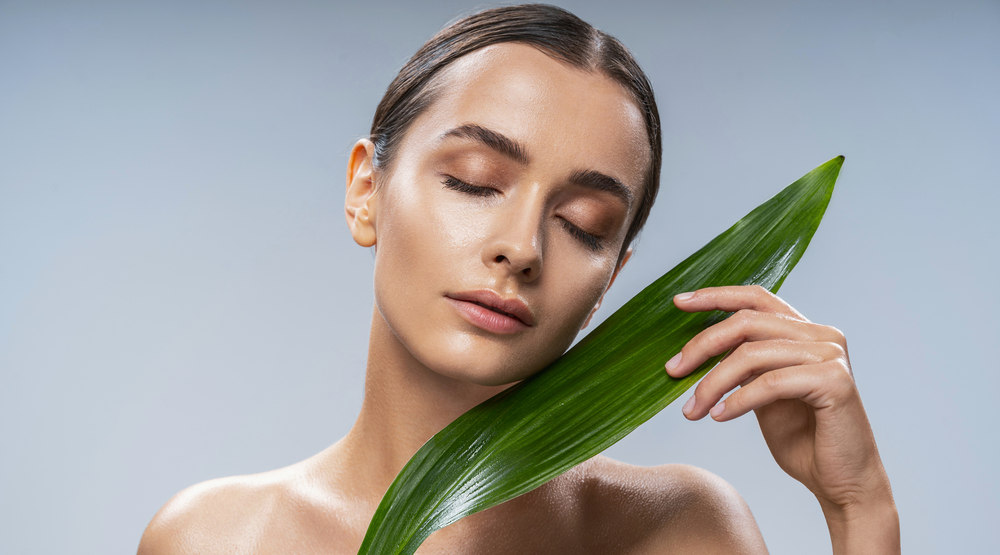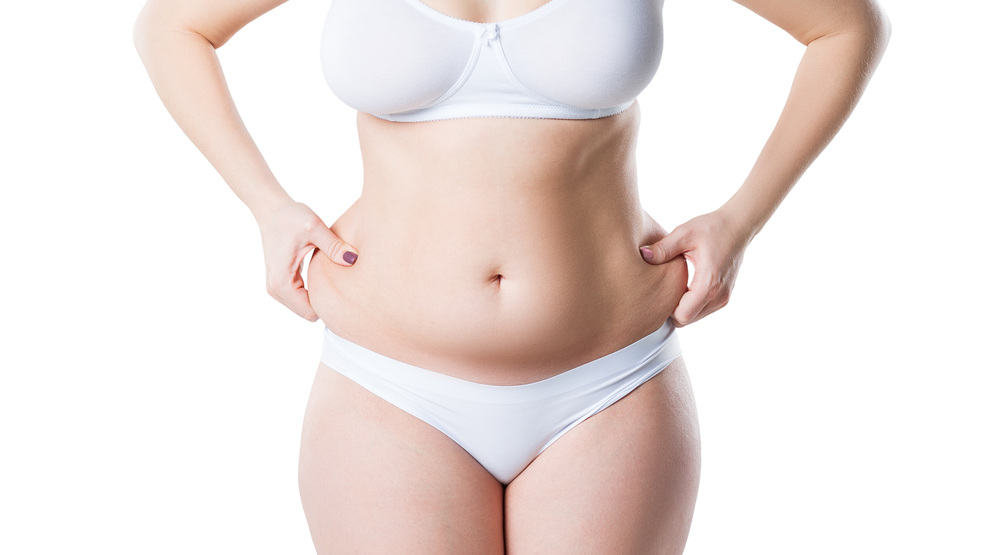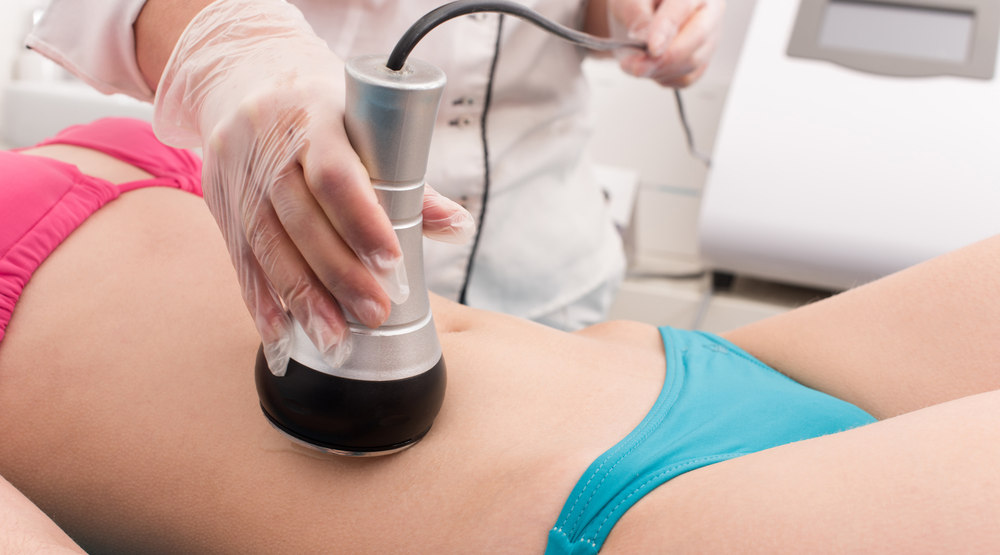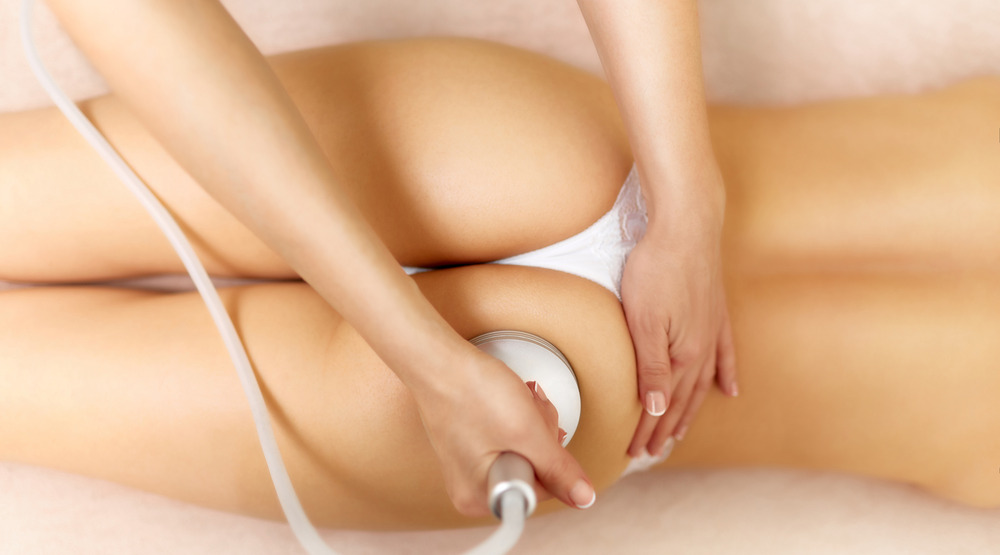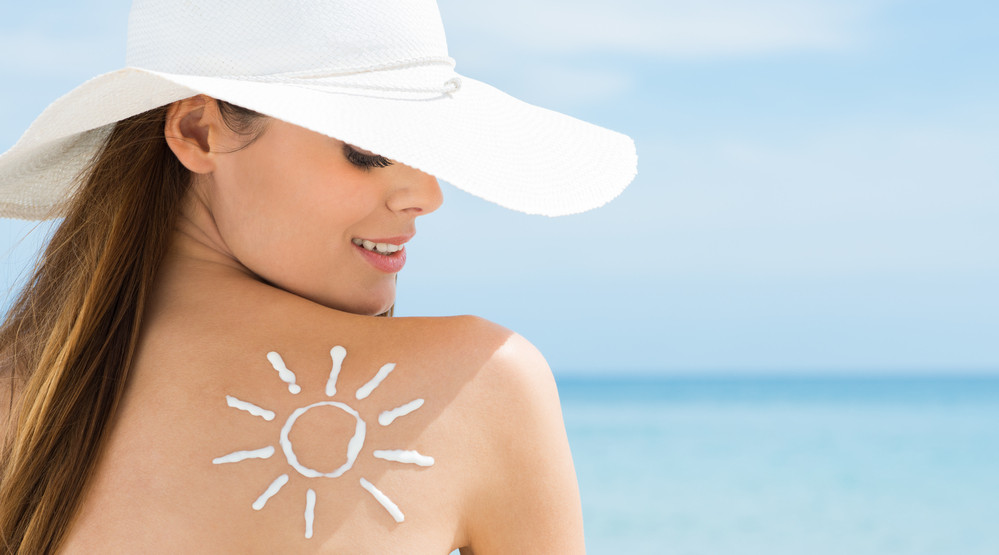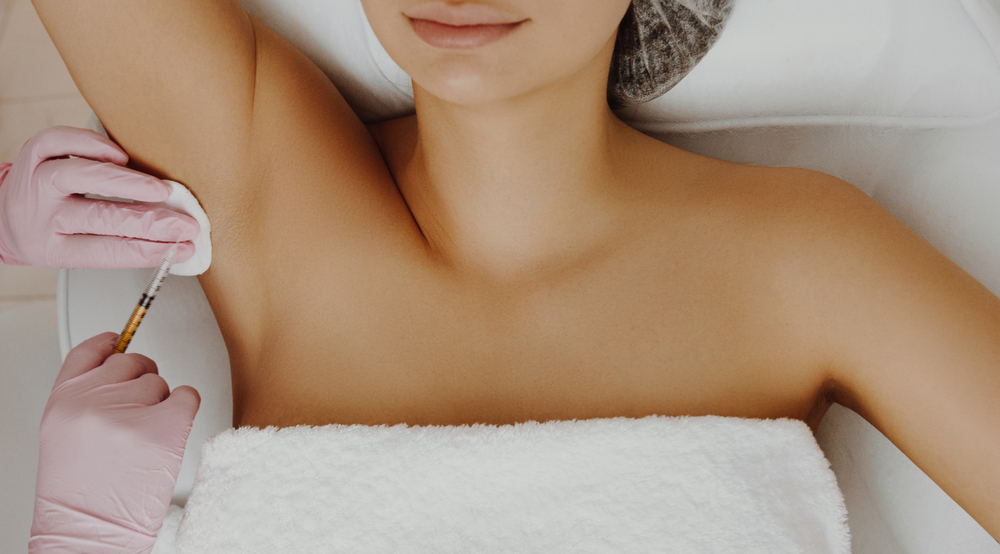There are different lip filler techniques and products used for lip augmentation. When administered by a qualified practitioner, all these techniques aim to produce an appealing, natural, and balanced look that is in harmony with the face. However, if applied by someone who is not qualified and trained, it can end up looking disproportionate, unnatural, and damaging to a person’s overall aesthetic appearance.
Different Lip filler injection techniques
Lip augmentation using hyaluronic acid dermal fillers is becoming increasingly popular around the world, as larger lips are often thought to be attractive and youthful. The goal of a lip augmentation procedure is to achieve smooth, full lips with a natural appearance.
Before we describe the different lip filler injection techniques, let’s look at the anatomy of the lip to understand the different zones. The upper and lower lip is made up of three different tissues, namely the white lip, the vermillion border, and the vermillion. The white lip (also known as the white roll) is the skin just above the lip, the vermillion is the red lips, and the vermillion border is the border between the white and red lip. The philtrum is the indented tissue that runs below the nose to the vermillion border.
Traditional Injection
The most popular method of applying lip filler is with regular needles. A doctor will use hard needles with a sharp end to inject Juvederm into a number of specific places, which may result in minor bleeding. They will then lightly massage the region to spread the product evenly and limit the risk of edema. Standard lip fillers are typically injected horizontally into the lip, resulting in a uniform distribution of volume and fullness.

Russian Technique
Russian lip fillers are inspired by Russian nesting dolls and their perfectly coiffed lips. By injecting additional volume and lift into the middle of the lips, the Russian procedure enhances the cupid’s bow to resemble a heart-shape, while the sides of the lips stay reasonably in line with the face. The end product is doll-like, yet with a natural fullness and plumpness. Instead of a wider volume, this design emphasizes the center of the lips, giving you the coveted baby-doll aspect.
It’s crucial to keep in mind that it’s best to start with a clean slate. So, if you have had any prior lip fillers (other than the Russian technique), it must first be completely dissolved. This guarantees that the volume injected is concentrated solely in the middle of the lips. If you already have Russian lip fillers and you are touching up, then dissolving does not apply.
So, what’s the difference between the traditional lip injection technique and Russian lip filler? To do the Russian filler procedure, however, your provider will use a smaller syringe and inject little amounts of filler vertically, concentrating on the middle of the lips.
Lip Tenting Technique
During the treatment, the Lip Tenting technique aims to manage both the shape and volume of the lip. The needle is placed several times into the white lip, aiming for the center. The hyaluronic acid is injected as the needle is removed to provide volume inside the muscular region of the lip and to produce pillar-like structures that protrude the white lip, but not to fill the actual white roll to avoid a plump aspect of the lip border. The philtrum’s contour will also be enhanced.
This technique manages the volume and contour of your lips by adjusting the pressure on the syringe and keeping an eye on the position of the needle tip at all times. Young lips, on the other hand, will require more volume in the center body of the lip to achieve a ‘fashionable’ look, whilst elderly patients may choose lip contour reconstruction.
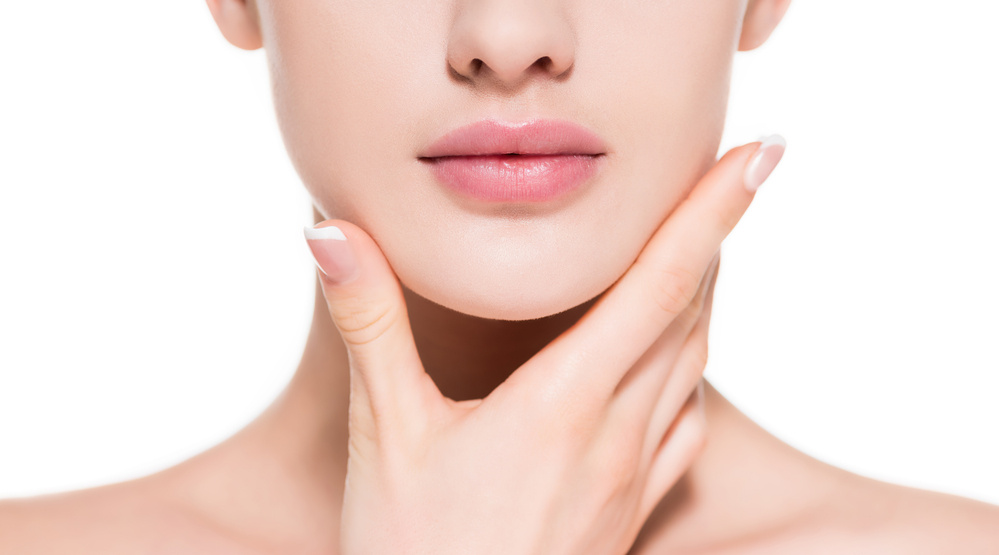
Lip Rejuvenation
Lip rejuvenation aims to restore the young appearance of the lips. Approaches will consider the specific aging processes that affect a patient’s lip and the area immediately surrounding the mouth and will apply a variety of therapeutic procedures to address a variety of concerns. The vermillion border, philtrum columns, and volume loss in the skin must all be repaired as part of lip rejuvenation. At least two products with distinct characteristics are necessary to address the various tissue types in the lips. It replaces lost volume in the vermillion and lines around the mouth while restoring the structure of the vermillion border, white lip, and philtrum columns.
Lip Flip
However, a new fad is currently sweeping the injectable world: the Lip Flip. This method involves precisely injecting a muscle relaxant such as Botox into the muscle around the lips to relax the muscle fibers. As a result, the top lip turns outwards, effectively flipping it up. This gives the appearance of a bigger lip without actually increasing the fullness.
Conclusion
Lips thin and shrink as we get older, acquiring fine vertical lines around the corners that are a telltale sign of aging. Thin lips appear to be more aged and give the face a sad appearance. If you’re looking for a lip filler technique for thin lips that combats the aging effect, the lip rejuvenation technique is ideal to restore natural fullness and shape the lips attractively.
For volumizing and plump lips, the traditional Juvederm injection technique works wonders for fuller and natural-looking lips. Adding volume to the lips can also uplift the face and give you a more youthful appearance. To change the shape of the lips, the Russian and Lip tenting lip enhancement techniques can both produce great results.
Lip fillers that define, smooth, and volumize the lips while preserving a natural appearance are perfect. A lip filler may also be used to fill in vertical lip lines or make lips appear plumper or more symmetrical. The best lip injection technique meets aesthetic goals without over-plumping the lips, and they can be readily reversed if the results aren’t satisfactory. Hyaluronic acid fillers are the most popular because they generate consistent results and have the lowest risk.
Latest News
- August 25, 2021
- August 25, 2021
- July 21, 2021
- July 20, 2021
- June 21, 2021











